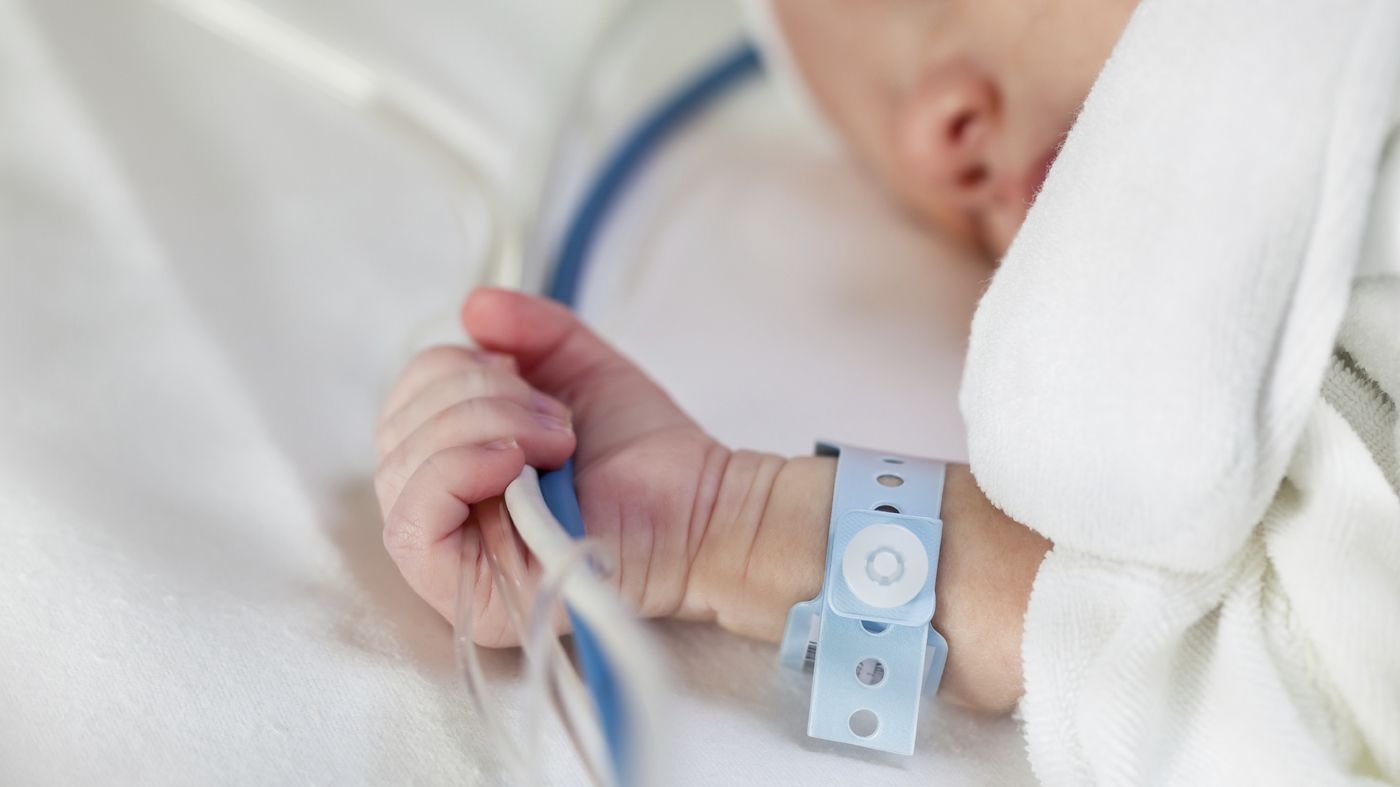Neonatal Thermoregulation Devices - Improving the Care of Newborn Babies

Newborn babies have an immature thermoregulatory system and are unable to effectively regulate their own body temperature. Maintaining a stable body temperature is critical for newborn health and development. Without careful temperature regulation, newborns are at risk for numerous complications including hypothermia and hyperthermia. Neonatal thermoregulation devices aim to support newborn thermoregulation until their own system matures.
Types of Neonatal Thermoregulation Devices
There are various devices designed to help regulate newborn temperature, each targeting a specific environment or need. Incubators provide an enclosed and controlled environment for critical and preterm infants. Open care systems like radiant warmers are optimized for well newborns that do not require extensive monitoring or medical equipment. Other options include warmers for transporting babies, heating mattresses, and temperature control systems integrated into neonatal cots and open beds.
Incubators for Critical and Preterm Newborns
Incubators provide the highest level of thermoregulation for very preterm and ill newborns. They house infants in an enclosed chamber that maintains precise temperature, humidity, and atmospheric control. Modern incubators monitor babies continuously and alarm if any vital signs go out of range. Caregivers can access infants through portholes or opening doors while keeping the inside environment tightly regulated. Incubators help support lung and organ development in addition to temperature control for babies born extremely prematurely or with serious health issues.
Radiant Warmers for Stable Newborns
Radiant warmers use overhead or canopy heating to regulate temperature for stable infants not requiring intensive medical treatment. Babies lie uncovered on the warmed surface allowing full neonatal exam and care. Built-in skin temperature probes provide continuous feedback to maintain the desired temperature set point. Radiant warmers are designed for Step-Down neonatal units, well baby nurseries, and post-delivery recovery rooms. They provide a less enclosed environment than incubators suitable once a baby's condition has stabilized sufficiently for more open care.
Newborn Transport Warming Systems
Transport warmers accompany infants being transferred between neonatal units or hospitals. They plug into the vehicle's electrical system to maintain a stable microclimate during potentially lengthy journeys. Features include temperature control, humidity regulation, battery backup, and integrated medical gas outlets. Transport warmers are self-contained units that mimic the thermoregulation capabilities of nursery equipment during unpredictable road or air transport conditions. Critical newborns receiving ongoing intensive care can be safely moved between facilities while thermal needs remain fully supported.
Heated Mattresses and Open-Bed Temperature Control
Heated mattresses provide gentle warmth via conductive heating directly to the mattress surface itself. They are ideal for maintaining thermoregulation of well newborns in open cots, bassinets, or incubators/warmers operating in an open-bed mode. Integrated temperature probes allow close feedback control to keep the mattress at the optimal thermal set point. Well babies can be cared for skin-to-skin without the full enclosure of a warmer/incubator as long as the heated mattress is regulating their temperature needs. Some neonatal beds integrate warming directly into the mattress or bed surface as part of an automated temperature control system.
Clinical Effectiveness of Neonatal Thermoregulation Devices
Clinical evidence demonstrates the effectiveness of different thermoregulation devices in supporting newborn temperature control and associated health outcomes:
- Incubators are highly effective at maintaining thermal stability in preterm infants and reducing complications like hypothermia, apnea, and infection rates compared to traditional open beds. Precise temperature control allows optimized growth and development support.
- Radiant warmers maintain normothermia and reduce heat loss risks versus traditional warmer designs. They provide an intermediate level of thermoregulation suitable for stable preterm/full-term infants transitioning from intensive to step-down care.
- Transport warmers stabilize temperature and minimize heat/moisture loss during transit between neonatal units or hospitals. They help ensure infants' clinical status does not deteriorate due to environmental changes during medical transfers.
- Heated mattresses maintain thermoregulation nearly as effectively as radiant warmers/incubators but provide a gentler open-bed environment more conducive to kangaroo/skin-to-skin care approaches.
Safety Features of Neonatal Thermoregulation Equipment
All reputable Neonatal Thermoregulation Devices include safety features designed to protect fragile newborn patients:
- Monitoring/alarm systems that trigger alerts if an infant's vital signs move outside preset norms like temperature, heart rate, oxygen saturation.
- Automatic shutdown capabilities halt the heating/cooling elements if problems like overheating occur to prevent thermal injury.
- Locked temperature controls prevent accidental changes to the therapy setpoints by unauthorized users.
- Backup battery power ensures temperature regulation continues briefly during outages to avoid abrupt changes posing risks.
- Motion/sound dampening designs minimize disturbances that could disrupt hemodynamically unstable or ventilated infants.
- Medical gas integration allows oxygen, suction, and other therapy access without disturbing temperature management.
Streamlined Workflow Benefits of New Technology
The latest neonatal thermoregulation devices aim to streamline nursery workflows and minimize caregiver burden. Features support include:
- Integrated monitoring of multiple patients from a central station to boost efficiency.
- Automatic patient and therapy data documentation reduces manual recording tasks.
- Intuitive, touchscreen controls are easier for multitasking staff versus hard-to-use legacy systems.
- Compatibility with facility and department electronic health records encourages seamless data continuity.
Overall, advanced neonatal thermoregulation devices technology improves outcomes and efficiency by automating workflows while ensuring newborns' thermal needs remain precisely met. Streamlined designs also boost staff satisfaction and sustainability by reducing workload burdens.
Get more insights on Neonatal Thermoregulation Devices
About Author:
Money Singh is a seasoned content writer with over four years of experience in the market research sector. Her expertise spans various industries, including food and beverages, biotechnology, chemical and materials, defense and aerospace, consumer goods, etc.
- Industry
- Art
- Causes
- Crafts
- Dance
- Drinks
- Film
- Fitness
- Food
- Games
- Gardening
- Health
- Home
- Literature
- Music
- Networking
- Other
- Party
- Religion
- Shopping
- Sports
- Theater
- Wellness
- News


